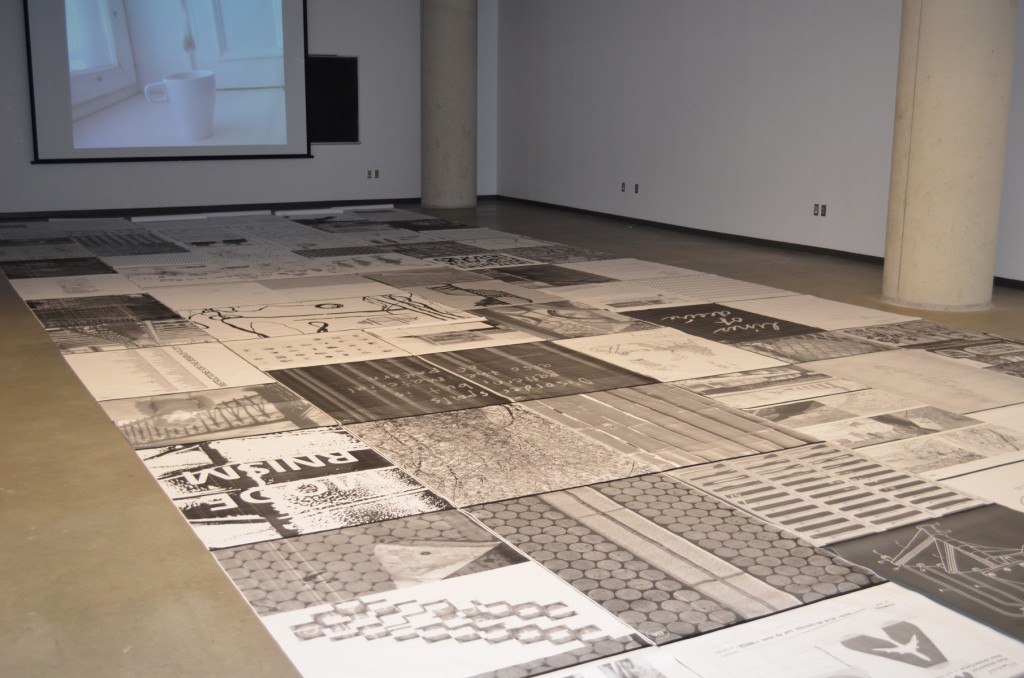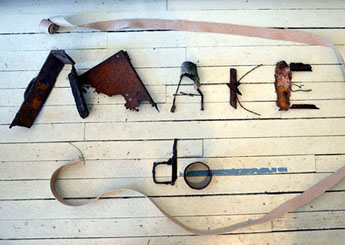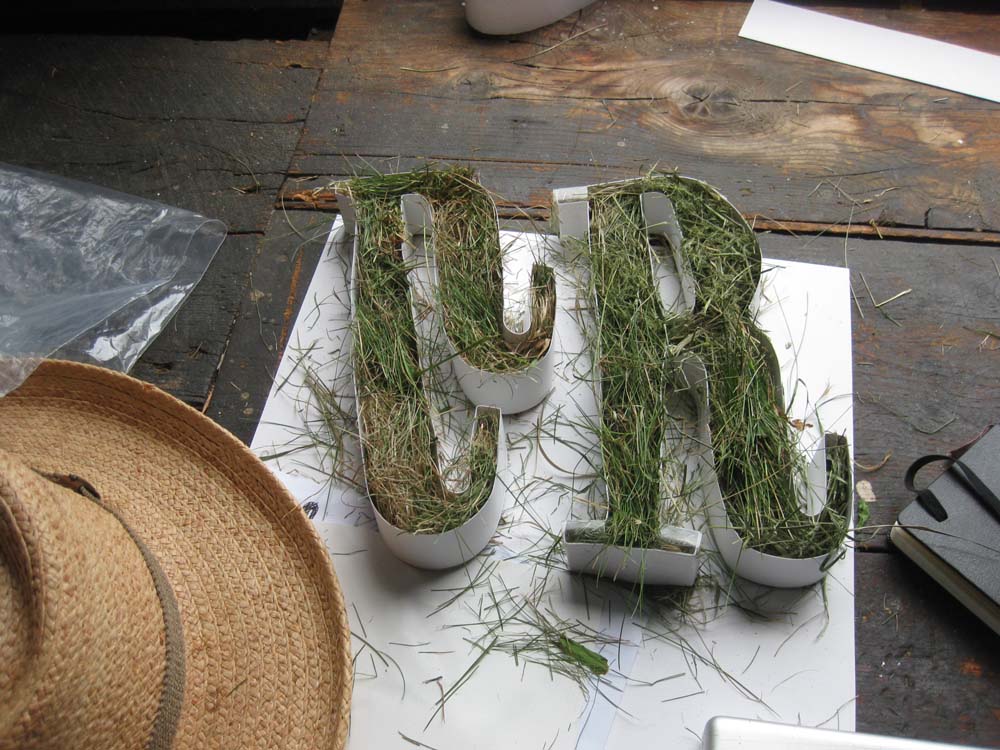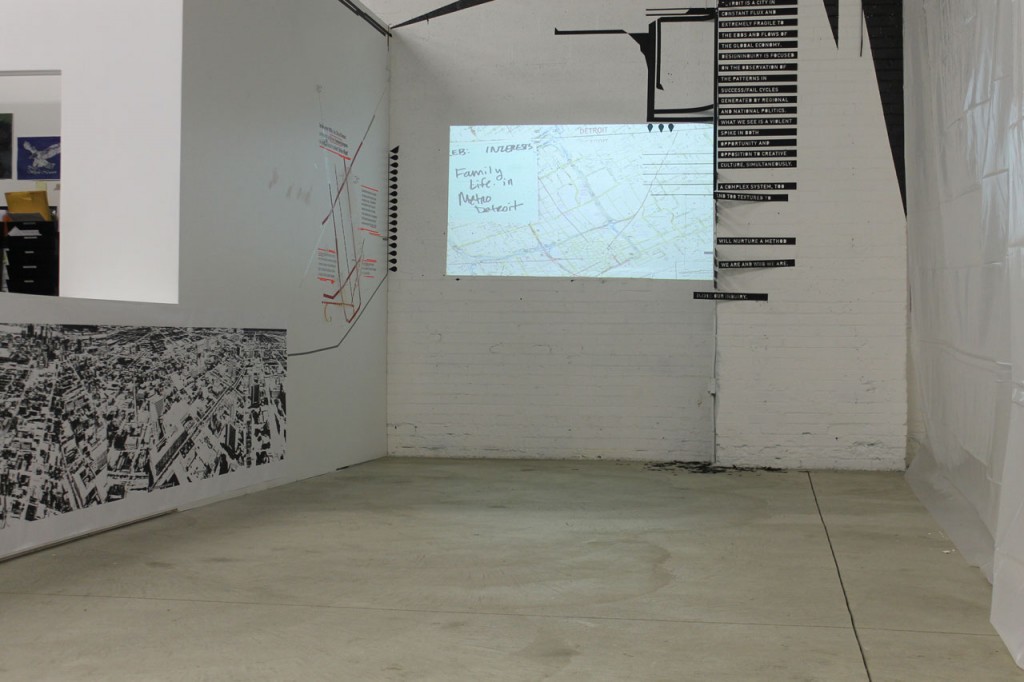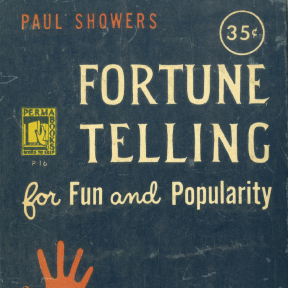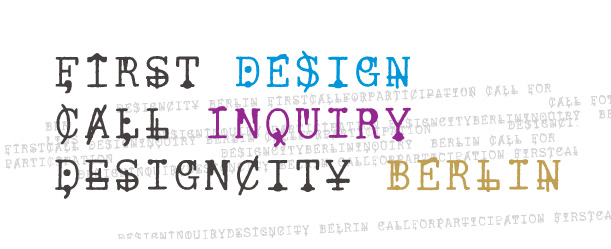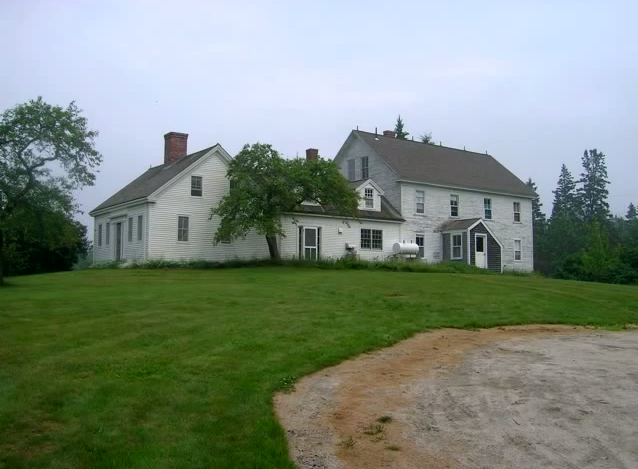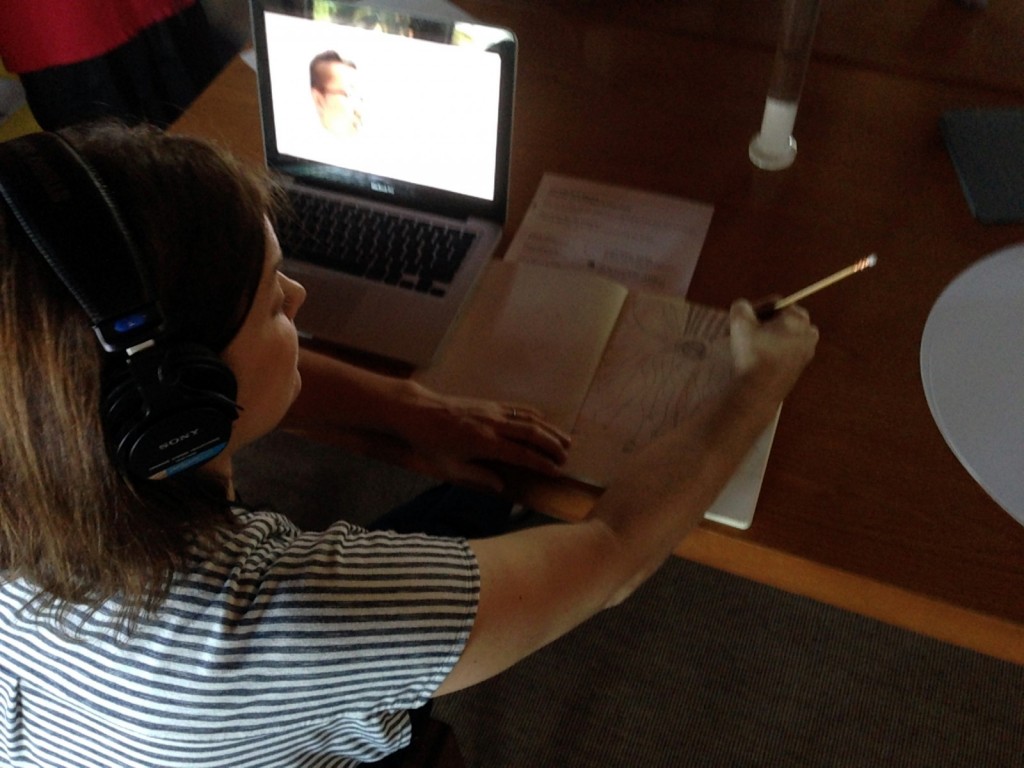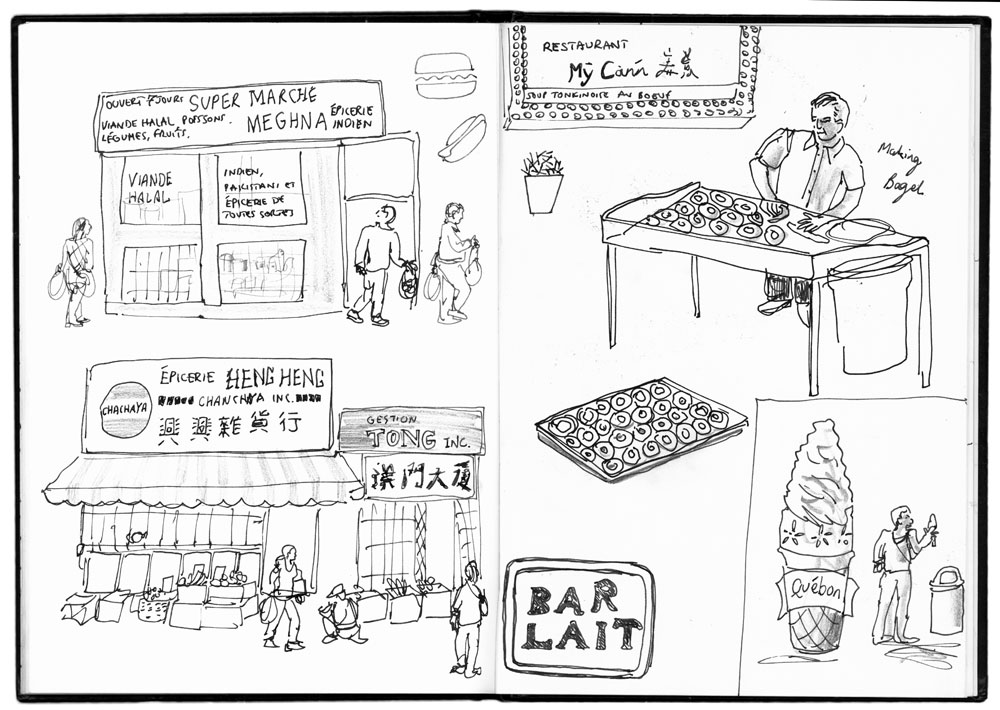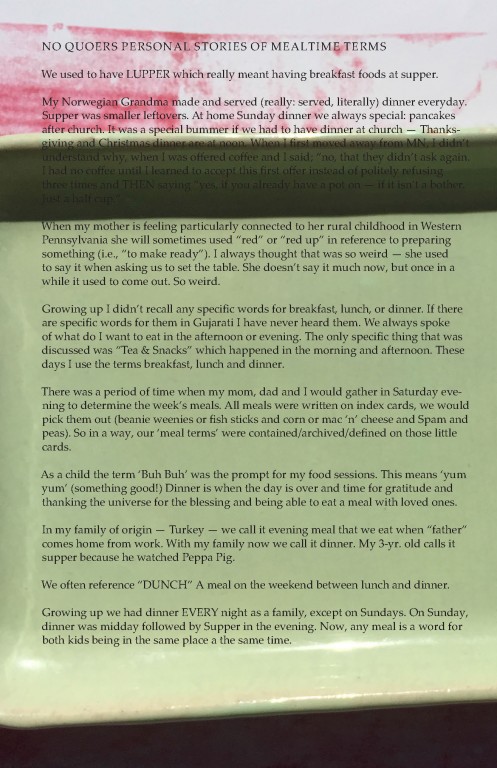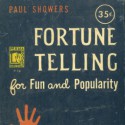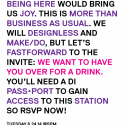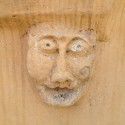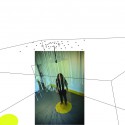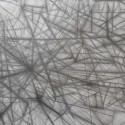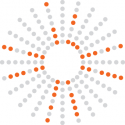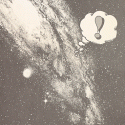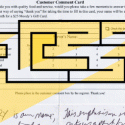Access
June 22–28, 2014, Vinalhaven, ME
As designers we influence and design access to the things we make. That is, we build on assumptions about who can and who can’t use, experience or read the spaces and artifacts we design. We might decide, intentionally or not, whether something is visible or not, and whether someone or something is represented or not. Our choice of technology specifies a group of users. Our framing of a brief specifies an audience. Our references specify a culture. But what, then, could open access mean? Umberto Eco famously wrote about an open work in which the author offers the interpreter, the performer, the addressee, a work to be completed. We’ve had open architecture, open design and open source, all suggesting that a participatory design is somehow stronger or more interesting when it is completed by a particular public. Would open access be a completely transparent process to which anyone could contribute? A truly interdisciplinary, public design that refused to exclude?
In this tenth year of DesignInquiry, we are interested in increasing access to the ideas, initiatives, collaborations developed and continued through DesignInquiry. After ten years of rich, intensive exploration of more than ten timely and pertinent topics (including failure, joy, making do, designing less) how do we extend, track and enhance the effects of a these inquiries on design discourse? How do we open up access to the means and methods of design? We encourage participants to bring strategies and tools to share and cross-pollinate. Repeat performers are encouraged to bring projects commenced at DI, continued at DI or inspired by DI, with a view to pushing them to the next step, be it greater access, open access or some kind of organizing axis.
Bring ongoing and newly-minted research projects related with a view to discussing and pursuing the gnarly issues: who we are trying to access and what could open access mean?
